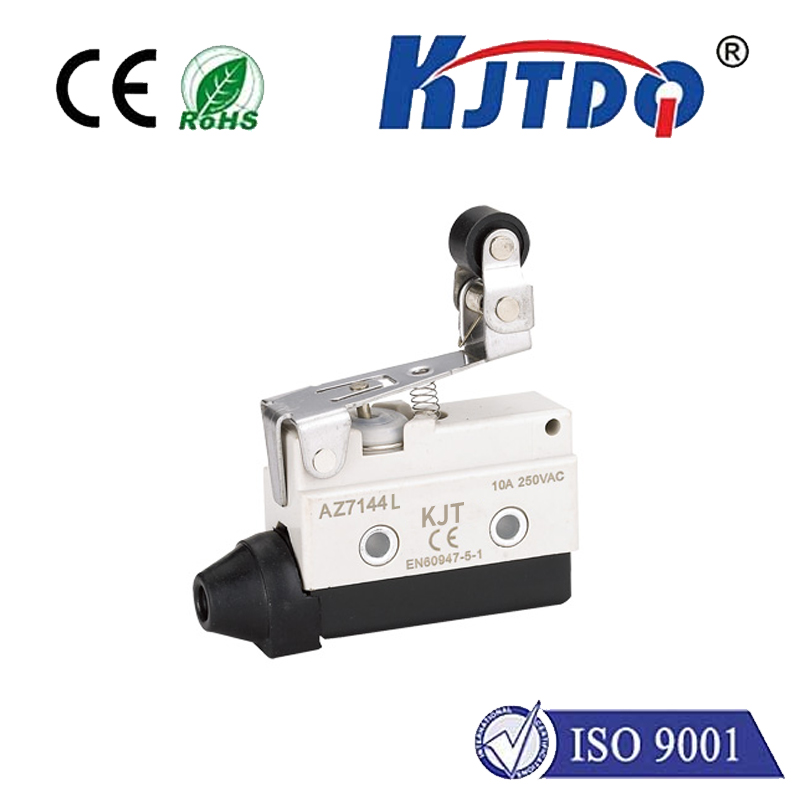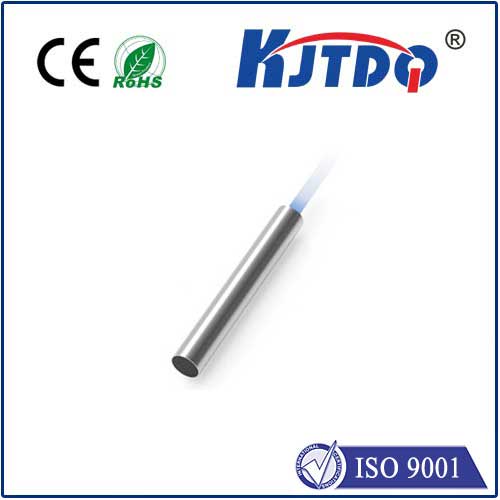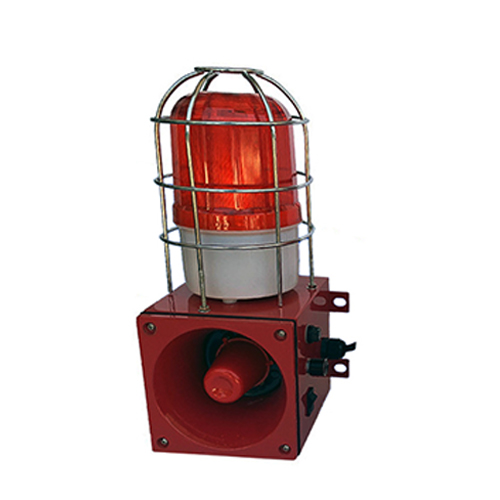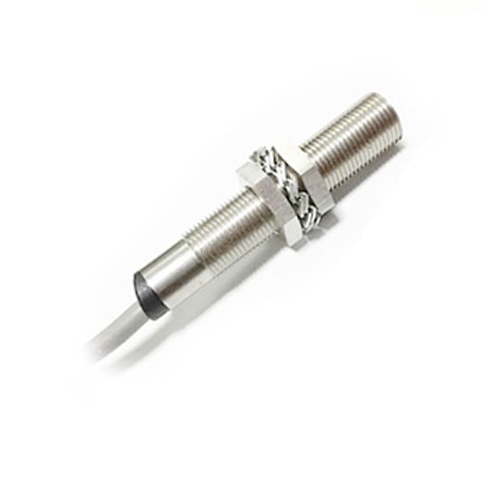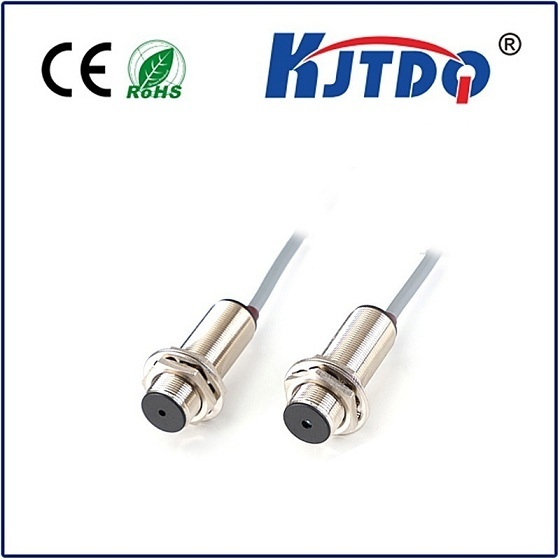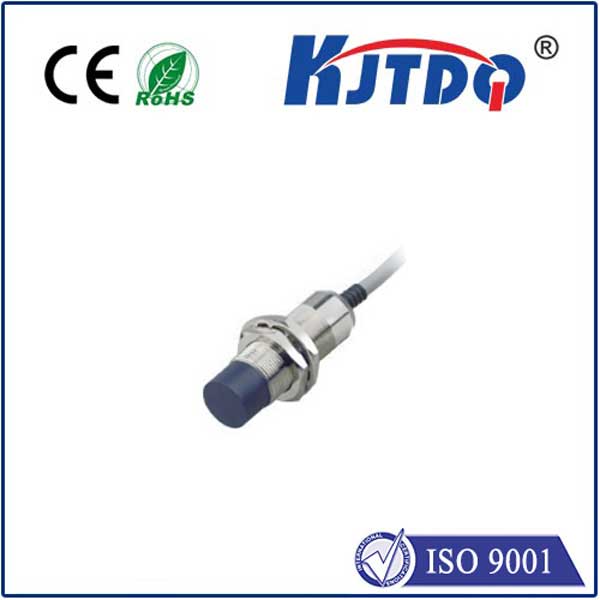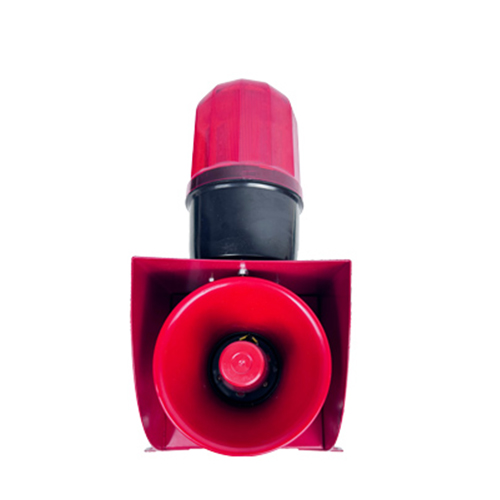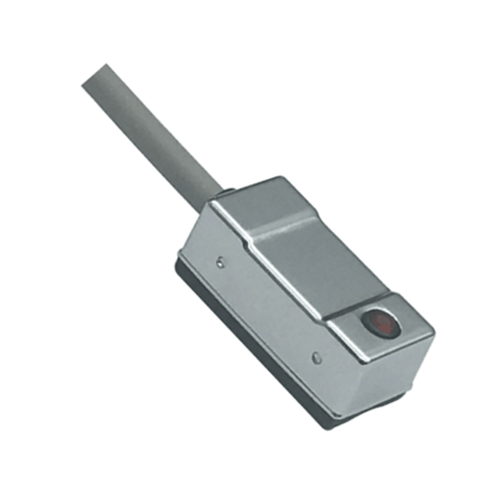electrical limit switch
- time:2025-09-13 02:44:01
- Click:0
Electrical Limit Switches: The Precision Sentinels of Industrial Automation
Imagine a world without traffic lights, door interlocks on elevators, or automatic stops on conveyor belts. Chaos and danger would reign. This is the essential role often played silently and reliably by electrical limit switches. These fundamental electro-mechanical devices act as the crucial “eyes and hands” within countless machines and automated systems, providing vital positional feedback and enforcing critical safety boundaries.
What Exactly is an Electrical Limit Switch?
At its core, an electrical limit switch is a simple yet profoundly important component. It’s a type of sensor primarily designed to detect the presence, absence, or position of an object, or to define the limit of travel for a moving part. Unlike proximity sensors that detect objects without physical contact, a standard electrical limit switch operates through direct, physical contact (actuation). When an object, often called the “actuator” (like a lever, roller, or plunger), makes contact with the switch’s moving part, it triggers an internal mechanism, changing the state of its electrical contacts.
The Anatomy and Operation: Simplicity Breeds Reliability

The fundamental operation hinges on mechanical movement being converted into an electrical signal. Here’s a typical breakdown:
- Actuator: This is the component that makes physical contact with the target object. Common types include:
- Roller Lever: Ideal for detecting objects moving perpendicularly.
- Plunger: Used for straight-line, pushing actuation.
- Wobble Stick: Flexible rod detecting objects from almost any direction.
- Rotary Lever: Used for rotational movement detection.
- Mechanical Linkage: The actuator’s movement is transferred internally.
- Contacts: The heart of the switch. These are sets of electrical connections (usually normally open - NO and normally closed - NC) whose state changes when the actuator moves.
- Actuation: When the actuator is pressed/moved beyond its “operating point,” the contacts snap from their normal state (e.g., NO opens, NC closes, or vice-versa depending on design).
- Reset: When the actuator force is removed (or sometimes reversed, depending on style), the contacts return to their normal state. Crucial design elements like over-travel protection ensure the mechanism isn’t damaged even if the actuator moves slightly beyond its ideal operating point.
- Housing: Provides robust environmental protection against dust, moisture, oil, and mechanical impact – vital for industrial settings.
- Terminals: Electrical connection points for wiring the switch into the control circuit.
Where Electrical Limit Switches Reign Supreme: Critical Applications
The versatility and robustness of electrical limit switches make them indispensable across diverse sectors:
- Industrial Machinery: Found nearly everywhere! Used to stop conveyors at specific points, signal the end-of-travel for robotic arms, confirm tool positioning on CNC machines, or detect workpiece presence in assembly lines. Their ability to handle high-current switching directly (in many cases) is a distinct advantage over purely electronic sensors.
- Material Handling: Ensuring cranes stop safely at their maximum height or travel limits, positioning lifts and elevators precisely at floor levels (how do elevators know when to stop? Limit switches are key!), and controlling gate or door positions on automated systems.
- Packaging Equipment: Detecting the beginning and end of packaging material rolls, confirming case closure, or verifying product positioning before sealing.
- Automotive Manufacturing: Verifying door closure on assembly lines, ensuring hoods/trunks are open during specific processes, controlling welding robots’ travel limits.
- Safety Systems: Perhaps their most critical role. Used as safety interlocks on machine guards – if a guard door is opened, a limit switch cuts power immediately, preventing accidental operation. Providing end-of-travel stops ensures dangerous movements cannot exceed safe boundaries.
- Building Automation: Monitoring door/window positions for security systems, controlling HVAC dampers, verifying garage door fully open/closed positions.
Why Choose Electrical Limit Switches? Enduring Advantages
Despite the rise of newer proximity sensors (inductive, capacitive, photoelectric), electrical limit switches maintain a strong position due to several compelling advantages:
- Direct Physical Confirmation: They provide tangible, positive feedback through physical contact, leaving little doubt about the position or presence of the target. This is crucial for safety-critical applications.
- Robustness & Durability: Engineered for harsh environments. Capable of withstanding significant shock, vibration, temperature extremes, dirt, and moisture that might cripple more delicate electronic sensors.
- High Current Capacity: Many models can switch relatively high currents (motors, solenoids, indicator lights) directly without needing an intermediary relay, simplifying circuitry.
- Visual Confirmation: Often, the actuator position provides a clear visual indication of whether the switch has been actuated or not, aiding troubleshooting.
- Environmental Tolerance: Excellent resistance to electromagnetic interference (EMI) and radio frequency interference (RFI), which can plague purely electronic sensors.
- Cost-Effectiveness: Generally, a highly reliable and economical solution for many position detection needs, especially where physical contact isn’t an issue.
- Simplicity: Their straightforward “contact opens/closes” signal is easy to integrate into traditional relay logic and modern PLC (Programmable Logic Controller) input modules.
Key Considerations: Ensuring Optimal Performance
While powerful, deploying electrical limit switches effectively requires attention to detail:
- Physical Contact Requirement: This is inherent but can be a limitation if contact is undesirable (e.g., delicate objects) or impossible.
- Mechanical Wear: Moving parts inherently wear over time, especially in high-cycle applications. Choosing the right actuator type and ensuring proper adjustment minimizes premature fatigue.
- Mounting & Adjustment: Precise mounting and fine-tuning of the actuator position relative to the target object are critical for consistent and reliable detection. Proper mounting also absorbs operational stresses.
- Actuator Selection: Choosing the right actuator type (lever, roller, plunger) is vital for reliable engagement and avoiding damage based on the target’s motion and impact force.
- Environmental Suitability: Always ensure the switch’s ingress protection (IP) rating matches its operating environment (dust, water spray, oils).
- Contact Ratings: Selecting switches with contact ratings (voltage and current) suitable for the connected load is fundamental for longevity and safety.
The Unsung Heroes of Automation
Electrical limit switches are far from obsolete; they are foundational technology refined over decades to deliver unwavering performance. Their blend of mechanical simplicity, electrical robustness, direct feedback, and inherent safety features makes them the go-to solution for countless position-sensing tasks where clarity, durability, and reliability are paramount. From ensuring an elevator stops perfectly level with a floor to preventing a robot arm from crashing into its housing, these precision sentinels operate tirelessly in the background, proving that sometimes, the most effective solutions are elegantly straightforward. In the complex orchestra of modern automation, the electrical limit switch remains an indispensable, reliable instrument.







